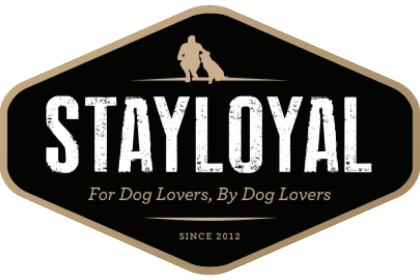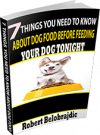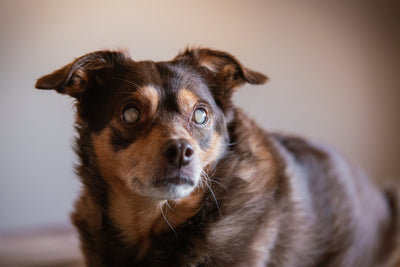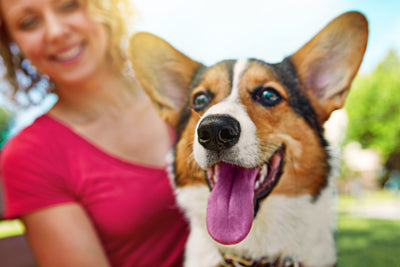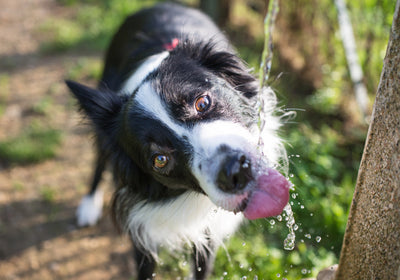“10 Important Things To Get Your Puppy Used To ASAP!”
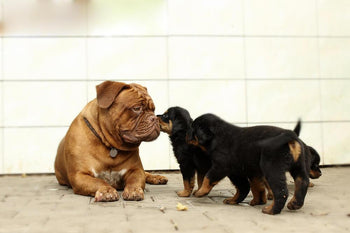
You just brought home your adorable puppy and all you can think about is cuddling, playing and choosing a name. But, from the moment you picked her up, it became your responsibility to turn her into a well-adjusted canine. This means getting her used to all the things she is going to encounter during her daily life for the next twelve plus years.
There are two keys to all this socialization:
1. Make sure each experience is positive. Unfortunately, one bad experience can scar your puppy for the rest of his life, so be sure you are controlling the situation/environment so your puppy enjoys each experience.
2. Too much of a good thing can be bad. Don’t overdo it. A few seconds with one stimuli can be enough at first. Maybe a few minutes. Watch for signs that your puppy is “over it” and starting to stress, such as showing whites of the eyes, trying to leave, excessive panting, etc.
1 – Handling
This is an easy one that you can do at home, every day, while watching TV even. Your puppy needs to get used to be handled, everywhere. Your vet and groomer will love you for it, and so will any people or children who interact with your dog and may accidently touch them in unusual places. For most puppies, the hardest things are having their paws held and fussed with, mouth, being turned over on their back, and having their belly touched. While getting your puppy used to all this, go slow if your pup does seem nervous about any of the handling. Forcing them will only make it worse.
2 – Grooming
This is especially important for dogs that will require a lot of grooming when they are adults. Getting them used to baths, being toweled off (many puppies will try and attack the towel), the blow dryer, nail clippers and standing still for brushing are all things that are best taught at a young age.
3 – Household Noises
Many of us have known the bane of a dog that goes berserk at the vacuum, the broom or the blender. The more of these noises you can get your puppy used to the better. A great opportunity is when they are getting their meaty bones. Give them something tasty to chew on and start making noise. They will associate that racket with their delicious treat and it won’t bother them so much. This goes for music, hammering, sawing, blenders of any type – pretty much any noise you think your dog may hear in your home, you should make sure she is exposed to it while young. Start off with gentler noises and work your way up to the louder ones.
4 – People
Of course, they need to be exposed to people. ALL KINDS OF PEOPLE. Old, young, people in hats and sunglasses, people in wheelchairs, loud people, fast people, screaming babies, etc. Make sure the people you chose to meet your puppy are going to give her positive experiences. Older children or children you know to be good with animals are best at first. And watch them! One kid that hurts your
puppy can create a fear of children that lasts your dog’s entire life. Fear memories are difficult to remove, no matter how much counter-conditioning you do.
5 – Dogs
Your puppy can see and hear dogs as soon as you bring them home, and it’s a great idea to get them used to hearing and seeing other dogs without reacting – especially if you have a breed that is prone to this type behavior issues, such as a Shetland Sheepdog. There is nothing worse than a dog that barks every time another dog goes by or barks down the street. Once she has had her shots, she can greet nice, friendly dogs that you know will help your pup learn “doggy manners,” without attacking her.
6 – Car Rides
Many dogs get car sick. One way to prevent this is to take your puppy on frequent car rides, short ones at first. Even if you have nowhere to “go” just drive around for a bit and come back home. This gets them used to the movements and less likely to develop a fear or carsickness as they age. The trick here is to take them for the drive before you feed them. Even grown dogs that travel well can have trouble holding down a meal, they just ate, while in a moving car.
7 – Noises Outside the Home
Like household noises, you need to get your puppy used to any noises she may hear outside your walls. For most dogs, this includes the rubbish collection truck, mail man, sirens, etc. Some may also hear airplanes or helicopters frequently, or boats. The more noises you can get her used to, the better.
8 – The leash
If you start leash training, immediately, at just eight weeks old, you will make life much easier for yourself (and your dog). At this age, they are still more interested in you then their environment, which makes leash training simpler than it will be when they are a “teenager” wanting to explore everything else.
9 – “Weird” Objects
These are things people often do not think of until they need to use it and then their dog freaks out because they haven’t seen it before. For example, if you get your puppy in the middle of the summer, chances are you have no need for an umbrella. You bring it out when your dog is 7 months old and she is scared to death. So, even if it’s not needed now, get your dog used to that umbrella! Other odd things include ladders (and you getting on one!), crutches, bikes, skateboards, elevators (if you plan on taking them on therapy visits or live in an apartment complex that has one), treadmill, etc. Just remember, the more things you can expose your puppy to, the better.
10 – Crate
Crates are such a useful “tool” and, more than that, dogs like them because it fulfills their instinct to be in a “den.” Getting your puppy used to being “put away” in a crate when you leave not only means you don’t have to worry about potty or chewing accidents, but it also teaches her to be comfortable in a crate. This equates to time spent in kennels at the vet, groomer, or dog boarding facility. Your puppy will be much more at ease in all these places if she is already comfortable in a crate, which will reduce her stress. Also, crates are the safest way for your dog to travel in a car.
Remember, the more you can expose your puppy to while he is young, the more likely you will have a well-behaved adult dog that everyone, including you, likes to have around. And it’s not just for you. Your dog will have a better life if she is used to all the craziness that is the human existence, instead of being stressed, anxious and fearful about things in her environment that she has no control over. With puppy socialization, everyone wins.
